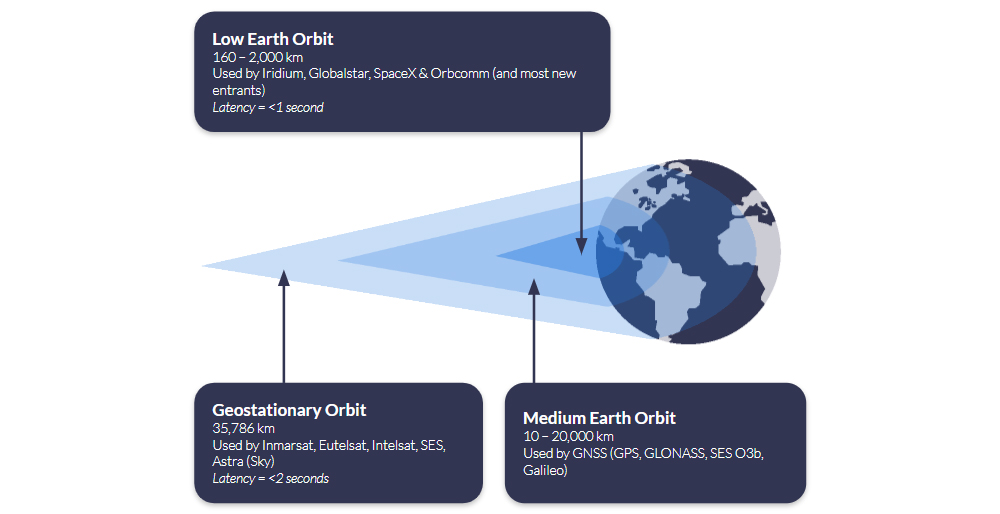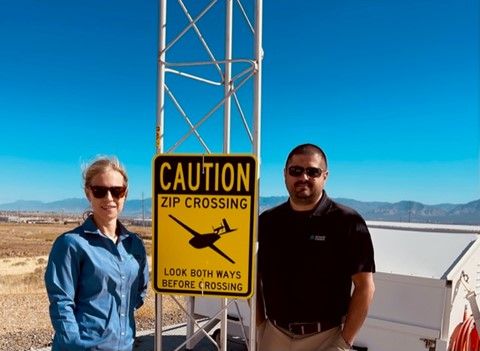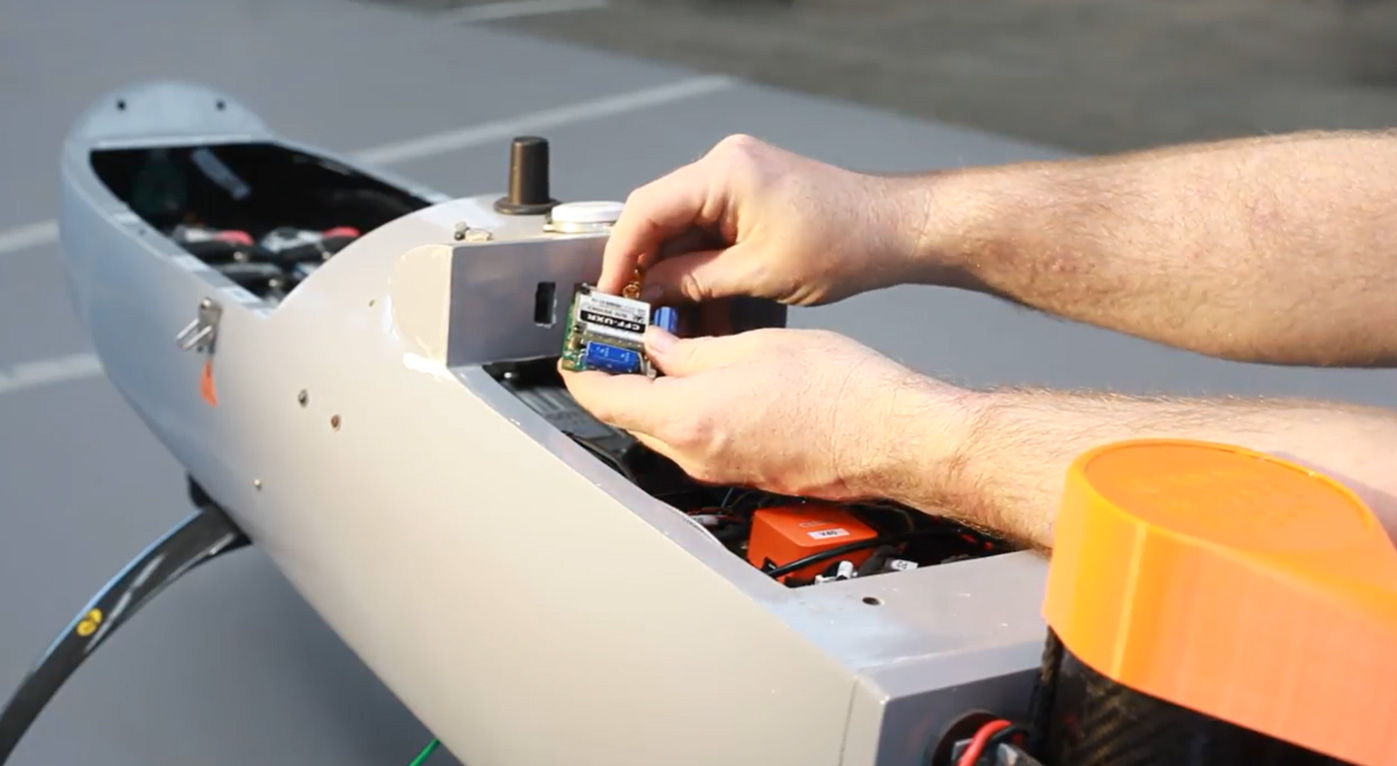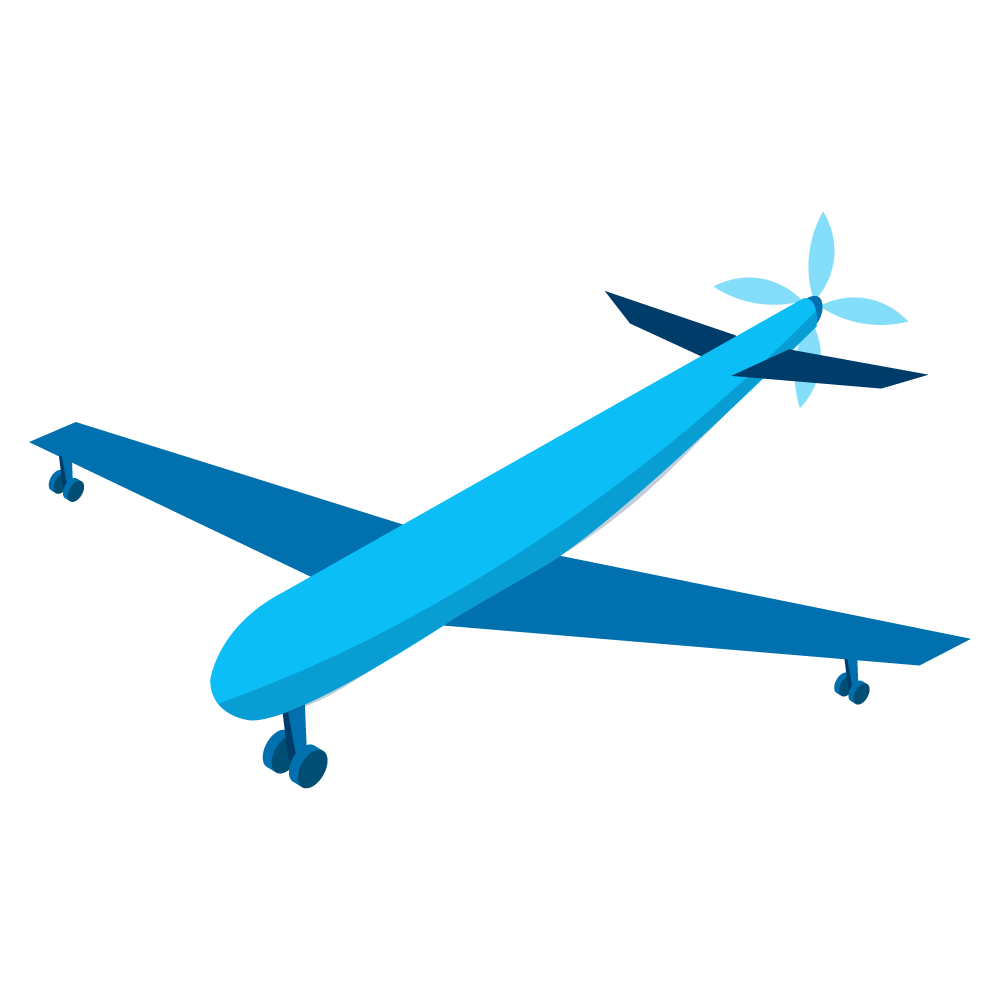Unmanned Aerial Vehicle (UAV) drones are transforming logistics. The diverse applications range from delivering medicines to people in remote locations, to monitoring offshore wind platforms to identify and communicate possible hazards.
The cost-saving advantages are clear; a drone is less expensive to operate than a manned vehicle, and it’s also safer. Historically, drones have been used in areas that are harder to reach by people. They’re harder to reach because they’re remote: out at sea, on an island, in the mountains or in the desert. This often comes with a side order of weather, radiation and elevation hazards. While a UAV might be negatively affected by these conditions, it’s obviously preferable to put a machine at risk rather than a human!
But drone operation is not without its challenges, chief among them piloting beyond visual line of sight (BVLOS). Without this capability, drones have to remain within sight of the operator, which limits the viability of most commercial applications. To operate safely BVLOS in non-segregated airspace (i.e. airspace shared by manned aircraft), drones must be able to detect and avoid other airspace users, reliably communicate with all stakeholders (the remote pilot, plus other aircraft and ground control), comply with relevant air traffic control regulations, and adapt to changing situations.
Certification is currently managed on a case-by-case basis, and can take years. Satellite network operator Iridium recently published a white paper calling for a Minimum Equipment List (MEL) that, if adhered to, would allow drone operators to fast-track certification and operate safely in designated airspace. In the meantime, the UK’s Civil Aviation Authority (CAA) is working on a regulatory framework that will enable specific category BVLOS operations in non-segregated airspace by 2026.
Until these initiatives bear fruit, scaled drone operations will continue to take place within well-defined and controlled operating areas, reducing the risk of conflict with other aircraft. For example, the newly implemented European Standard Scenario (STS) allows drone operators to skip the EASA’s risk assessment and authorization process by restricting altitude, flight paths and operational hours. Both pilots and the drones must meet certain standards, which include failsafes for communication: you must be able to reestablish a data link in the event that it fails, or else be able to remotely terminate the flight (source).
Communication with drones operating BVLOS
Where available, drone operators will use airborne VHF / UHF / L-Band radio, or some form of cellular connectivity to communicate with their drones. But these radio frequencies may suffer from congestion, security challenges and regulatory limits. As many drones are used in unpopulated areas, cellular may simply not be an option. So connection redundancy is an increasingly important element of BVLOS operations.
This is where LEO – Low Earth Orbit – satellite communication comes into play. Satellites launched into Low Earth Orbit are closer to the Earth than their geostationary counterparts. This has important implications for drone operators, because the latency – the time it takes a message to be sent to the drone from the operator, and received (or vice versa) – is reduced from c. two seconds to less than one second.
As this diagram shows, very few satellites are needed to cover huge swathes of Earth if the satellite is far enough away from it, but satellites in Low Earth Orbit cover only a small portion of the Earth’s surface. Multiple LEO satellites are needed for global coverage, and the first – and to date only – globally accessible satellite IoT network is Iridium. This is why Iridium is so often the choice for UAV manufacturers looking to add failover communication to their drones.
Iridium offers multiple airtime options for connecting to their satellites, from Certus 700 (700 Kbps, fast enough to support live video broadcasts) through to Short Burst Data (packet-based data which sends 270 / 340 bytes per message). Short Burst Data (SBD) is ideal as a failover connection; with SBD, operators can get position, altitude and speed, and can return basic commands such as ‘go to the nearest rally point’, ‘go home’ or ‘terminate flight’.
SBD is lightweight, low power consuming, and meets most SWaP requirements for UAVs. It offers a secure and reliable connection to the drone to make it less vulnerable to hacking, and safe to pilot within controlled operating areas.


Our team visiting Zipline in late 2023
Supported by satellite IoT connectivity, important work is already taking place. Our customer Zipline is using SBD as the failover communication method for its Zips: autonomous aircraft that are being used to deliver prescriptions, groceries, vaccines, livestock supplies and more.
Very recently, Zipline was cited in the peer-reviewed journal Vaccine, noting that its method of delivering vaccines aerially to more isolated parts of Ghana has improved clinical outcomes and prevented disease among children.
In fact, it’s estimated that Zipline delivery has saved an estimated 727 lives in the Western-North Region by enabling 15,000 children to access vaccines who would not previously have been able to.
Popular Youtuber Mark Rober filmed his experience at Zipline, and it’s well worth a watch to learn more about this incredible operation.
To deliver vital chemotherapy drugs to patients on the Isle of Wight, UK-based Skylift UAV built an autonomous eVTOL (electric, vertical take-off and landing) aircraft which can fly for 1.5 hours on a single charge, with a maximum speed of 100 Mph. In BVLOS configuration, it can travel up to 100 Km, depending on the payload.
The drones are autonomous, but monitored by Skylift’s safety pilots who can take control of the drone at any time. As the drone travels BVLOS, and across a body of water (the Solent), it’s essential that the pilots have two reliable means of communication with the drone at all times. The Skylift UAV team chose the RockBLOCK 9603 to deliver SBD connectivity in addition to aviation-grade L-Band radio to ensure that irrespective of the drone’s location, connectivity is guaranteed.
RockBLOCK allows them to send and receive data from the aircraft, and is part of the robust communications package with which all Skylift drones are equipped. It’s also the final line of defence for mission success.

Would you like to know more?
We have over 20 years' experience in satellite connectivity, and specialise in IoT and tracking applications. We're standing by to ensure you get the service you need.

